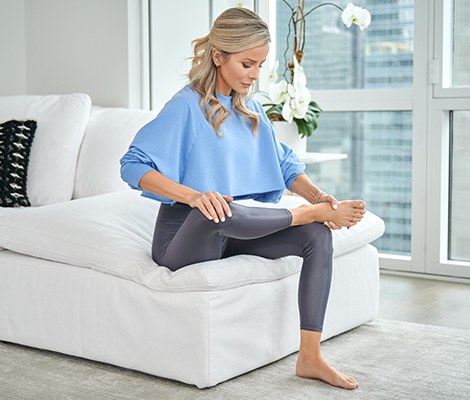Do you have a pain in your butt that just won’t go away? If so, you may have piriformis syndrome. This condition is caused by inflammation or compression of the piriformis muscle, which is located in the buttocks. The good news is that there are a number of seated piriformis stretches that can help relieve the pain! In this blog post, we will discuss the best stretches for relieving piriformis syndrome.
Contents
What is Piriformis?
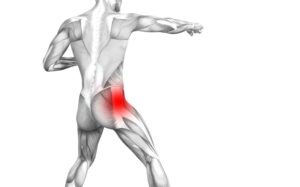 The piriformis muscle is located in the butt, right behind your gluteus maximus. This small and deep muscle runs from the top part of your sacrum (the triangular bone at the base of your spine) to either side of the top section of your femur (your thigh bone). It gets its name for running through the piriformis fossa – a small depression found in the hip bone.
The piriformis muscle is located in the butt, right behind your gluteus maximus. This small and deep muscle runs from the top part of your sacrum (the triangular bone at the base of your spine) to either side of the top section of your femur (your thigh bone). It gets its name for running through the piriformis fossa – a small depression found in the hip bone.
It’s not easy to describe exactly what it does when you move, but we can say that it’s responsible for turning your leg outward as well as helping with smooth sliding of the thigh bones over each other during movements like walking up or down stairs.
According to some research, the piriformis’s main function is to help bend the knee and turn your foot outward. The muscle helps you extend your hip as well as abduct it too. Another interesting fact about this tiny yet strong muscle is that it also helps provide stability to your pelvis while walking or running. It does this by helping to control the hip bones moving back and forth over each other.
When the piriformis gets tight or spasms, it can lead to pain in your glutes and down your leg. This is known as Piriformis Syndrome which can be very uncomfortable and hinder everyday activities. The good news is that there are some stretches you can do to help alleviate this pain.
Causes For Piriformis Sprain

Causes for piriformis to sprain are various as it is one of the most commonly sprained muscles in our bodies. The causes are often related following list below:
Overuse
Overuse of the piriformis muscle can lead to it becoming injured. This mostly happens when you overwork the piriformis muscles during exercise, or if you are doing a lot of exercises that work out your glutes. Specifically, working out with heavy weights puts extra stress on the muscle, making them prone to injury.
Static Posture
How you sit and stand can also contribute to piriformis sprains. If you sit for long periods of time with your knees turned inwards or outwards, this can cause tightness in the piriformis muscle, which can lead to a sprain. Likewise, standing with your feet rotated inward for a long time can also cause the piriformis to sprain.
Scoliosis
People with scoliosis, or abnormal curvature of the spine, are more likely to experience piriformis sprains. This is because the back muscles are overstretched and weakened, making it easier for the piriformis muscle to become injured.
Weak Glutes
The piriformis muscle is often weak, and this can be due to a number of factors. One factor may be that you have tight hip flexors (the muscles which help pull your knees upwards), causing your gluteal muscles to become overstretched and weak. Another common reason why people have weak glutes is due to a sedentary lifestyle.
Pre-Existing Injuries
If you already have an injury in your back, hips, or legs, this can increase your risk of getting piriformis sprains. This is because these injuries can cause the piriformis muscle to become overstretched and weak, making it easier for it to be strained.
Stretches And Exercises That Can Help You Get Rid Of The Pain
There are stretches and exercises that can help you get rid of the pain caused by piriformis syndrome. These stretches and exercises target specific parts of your body and work to stretch out or strengthen muscles which are often overused or weak for those who have this condition. Let us discuss these:
Seated hip stretch
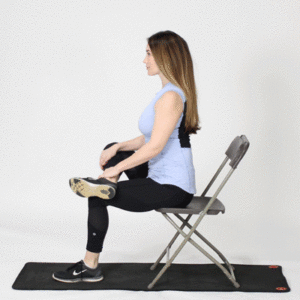
On the floor, sit in a crossed-legged position. Stretch your left leg out in front of you and place your right ankle on top of it just above your knee. Keep both feet pointing straight forward. Put your left hand on the floor behind you for support and lean forward while using your right arm to push your knee toward the floor.
Piriformis stretch
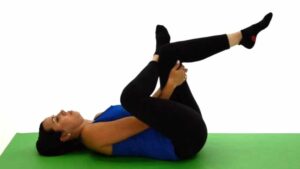
Sit on the ground and bend both legs in front of you with one leg pressed up against a wall for support. Cross your other leg over the top (higher) thigh and pull your heel as close to your butt as possible using the opposite arm for added support. If you feel any pain, stop. You can also use a strap or towel to provide extra support if needed.
Kneeling hip stretch
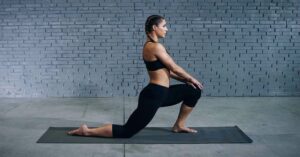
Start on all fours with your knees hips-width apart and your hands under your shoulders (a tabletop position). Keeping one knee bent in front of you at a 90-degree angle, lift the other leg up behind you and tuck it under its corresponding arm. Your back should be flat and your hips square to the floor.
Supine piriformis stretch
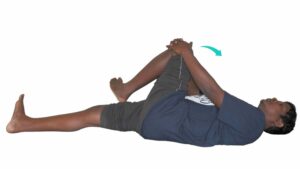
Lie on your back with both legs straight out in front of you, then cross one leg over the other and pull it towards your chest with both hands until you feel your piriformis stretching.
Hurdler’s stretch
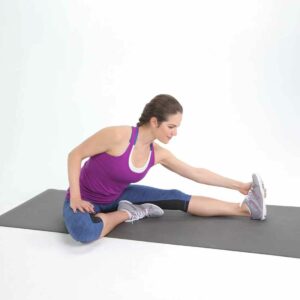
Stand straight with one leg slightly in front of the other and rest your hands on a chair or table for support until you feel your butt stretching.
Hamstring stretches

In a standing position, bend over to touch your toes while keeping both knees straight and your back flat.
Outer hip stretch

While kneeling down, lean your body to the right side while keeping your hips straight and raising your left arm up for balance (your right leg should be in front of you with your foot on the floor). You can perform this exercise against a wall or with a partner’s help if needed.
Gluteal stretches

While sitting, cross one leg over the other and lean forward to stretch your glutes and lower back muscles.
Upper hamstring stretches
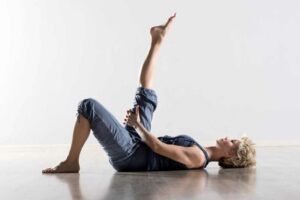
Start by kneeling on your left knee with both legs bent in front of you, then lean forward until you feel a good stretch along the top of your right thigh.
Depending on your physical condition and the severity of your piriformis syndrome, you may need to see a doctor or physical therapist in order to find out which stretches are right for you and how often you should perform them (the frequency of your stretching routine will depend on whether this is an acute case or long-term). However, if none of these stretches causes any pain or discomfort, you should be able to incorporate them into your daily lifestyle with little effort.
Things You Can Do To Speed Up Recovery
To speed up recovery along with physical therapy stretches, you can do a few things.
First, strengthen your pelvic floor muscles and make sure that it is sucking up properly. The appropriate exercises for your situation may be difficult to find on the internet or via a physical therapist, so get help from either of these resources.
Second, try using a foam roller on tight spots in your glutes or hamstring. You’ll likely find that particular spots are tight and require extra care.
Third, ice your affected area for 15-20 minutes a few times per day. This will help reduce inflammation and keep swelling to a minimum while you recover.
In addition to these stretches, regular physical therapy appointments are important as they can help speed up recovery.
Conclusion
In conclusion, seated piriformis stretches can be effective at getting rid of that pain in your butt. To do these stretches, you will need equipment like a towel or yoga strap, depending on which type of stretch you decide to do.
If you are experiencing pain in your butt that just won’t go away, try doing some seated piriformis stretches. This simple exercise can help to loosen up this often tight and tense muscle, relieving the pain and discomfort that it causes.
Physical Therapy help patients recover from pain. If you’re experiencing Back pain, Shoulder pain, Knee pain, Neck pain, Elbow pain, Hip pain, or Arthritis pain, a physical therapist at MantraCare can help: Book a physiotherapy session.
